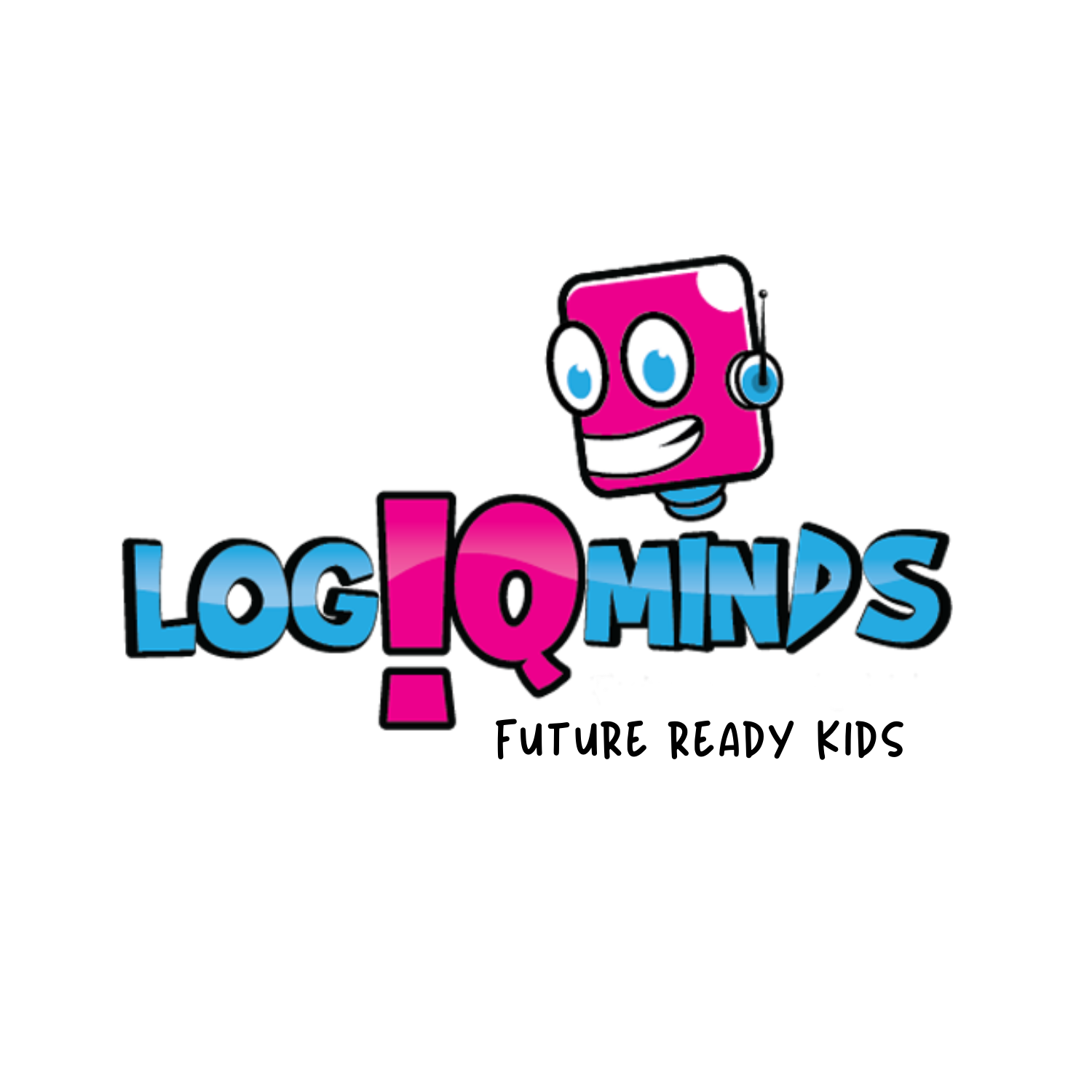How are kids' learning styles alike or different?
We all know the three types of learner people address themselves as, auditory, visual, or kinesthetic learners. How do they guarantee this? It is because they have understood and prefer the medium which they believe is the effective way for them to absorb information. Isn’t it a powerful thought? But is this true?
In real life, this is a great misconception and is most widely spread in the psychology of education. No hypothesis supports this research. So, it is not a good idea to blame the lack of facility for audiobooks as a kid.
Numerous studies have suggested that when kids are given new information in the style they prefer- audible or visual or any other way they prefer- there is no apparent academic benefit. However, the saga is stuck and has informed academic practice for the last half-century. The western establishment of education has pushed educators to disburse the vast amount of energy recognizing the student's preferred learning channels.
When we think about it closely, the flaw is evident. Tactile, aural, and visual inputs are nothing more than gateways that channel the information for a longer-term memory. What holds a stand here is the meaning perceived in the information imparted. However, if there isn’t any gateway, a more agreeable one, enhances the approval of the meaning.
This is not the same as stating that all kids are equal or indistinguishable from one another regarding their abilities, because some kids prefer literature while others do the math.
To know how the three gateways help kids to uptake the meanings, Read more at LogiQminds.


